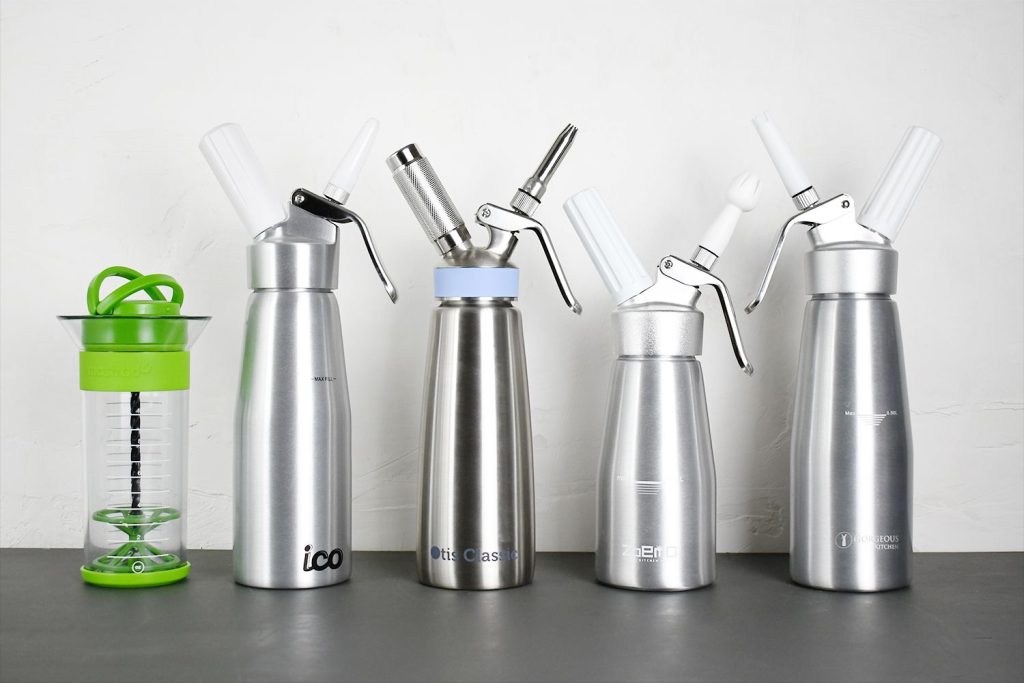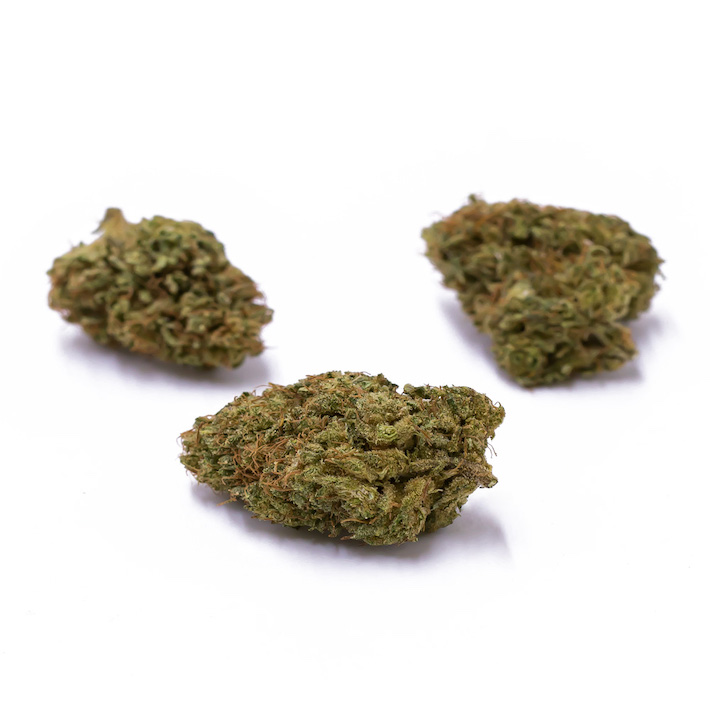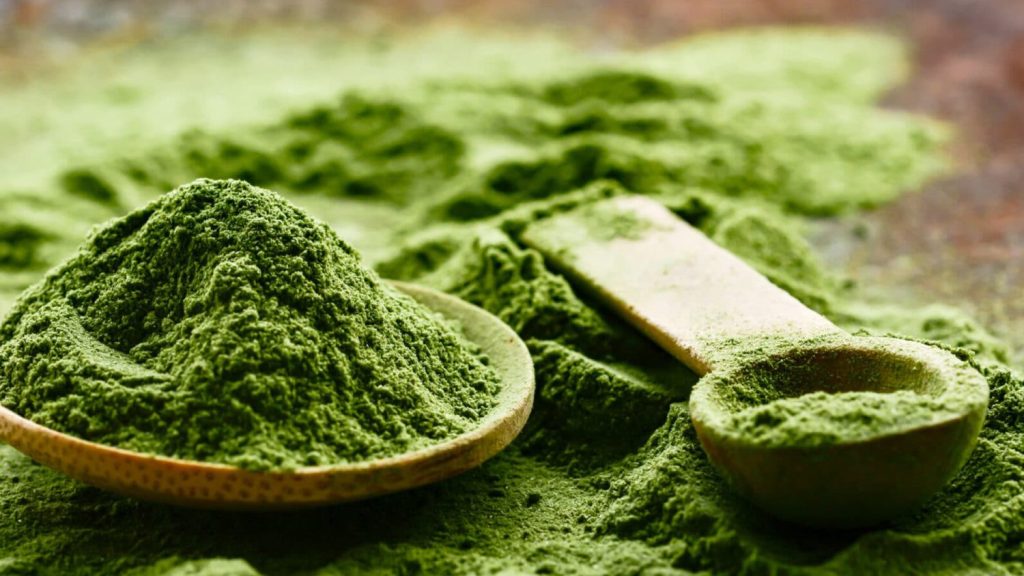Crafting with precision in glass fusing involves selecting the right tools to ensure that every piece is executed with skill and accuracy. Glass fusing, a process that involves melting glass pieces together in a kiln to create a single, unified piece, demands a careful approach. The tools used in this art form play a crucial role in achieving clean lines, precise shapes, and well-fused surfaces. One of the most fundamental tools in glass fusing is the glass cutter. A high-quality glass cutter with a carbide wheel is essential for making clean, accurate cuts in glass sheets. The cutter’s ability to score the glass properly determines how well it can be broken along the scored line. For intricate designs, a cutter with an adjustable head allows for greater control and precision, ensuring that each piece of glass fits perfectly into the intended pattern. Another vital tool is the glass grinder. This tool is used to smooth and refine the edges of glass pieces after they have been cut.
A glass grinder typically comes with a range of grinding bits that vary in coarseness, allowing for detailed finishing work. The grinder’s diamond-coated bits are especially effective for achieving a smooth, even surface, which is crucial for a seamless fusion. For fine detail work, a small, flexible bit can be used to handle intricate designs and curves. Kiln tools are equally important in glass fusing. The kiln is the heart of the fusing process, and its performance greatly affects the final outcome. Kiln shelves, also known as kiln furniture, support the glass pieces during firing. They need to be made of materials that can withstand high temperatures without warping or contaminating the glass. Additionally, kiln wash, a refractory coating applied to kiln shelves, prevents the glass from sticking to the shelves and ensures a clean release after firing. After scoring glass with a cutter, pliers help to break the glass cleanly along the scored line.
There are various types of glass pliers, each designed for specific tasks, such as breaking small pieces or larger sections. Selecting the right pliers for the job ensures that glass pieces are broken without additional stress or cracking. For accurate measurements and alignment, a ruler and a pair of tweezers are useful. A steel ruler provides precise measurements for cutting glass, while tweezers help in placing small pieces of glass accurately. The use of tweezers reduces the risk of fingerprints and smudges on the glass, maintaining its clarity and ensuring a polished final product. In addition to these tools, protective gear is essential for safety during glass fusing. Safety glasses protect the eyes from glass shards and dust, while gloves provide protection against sharp edges and high temperatures and read more here https://hollanderfusingcenter.com/collections/fusing-supplies.

 Unlike Delta 9 THC, which can sometimes induce feelings of paranoia or anxiety, Delta 8 THC is often reported to provide a more balanced and calming experience. Users of Delta 8 THC have described its effects as relaxing and mildly euphoric, without the intense high that can be associated with Delta 9 THC. This gentler impact might make
Unlike Delta 9 THC, which can sometimes induce feelings of paranoia or anxiety, Delta 8 THC is often reported to provide a more balanced and calming experience. Users of Delta 8 THC have described its effects as relaxing and mildly euphoric, without the intense high that can be associated with Delta 9 THC. This gentler impact might make 



